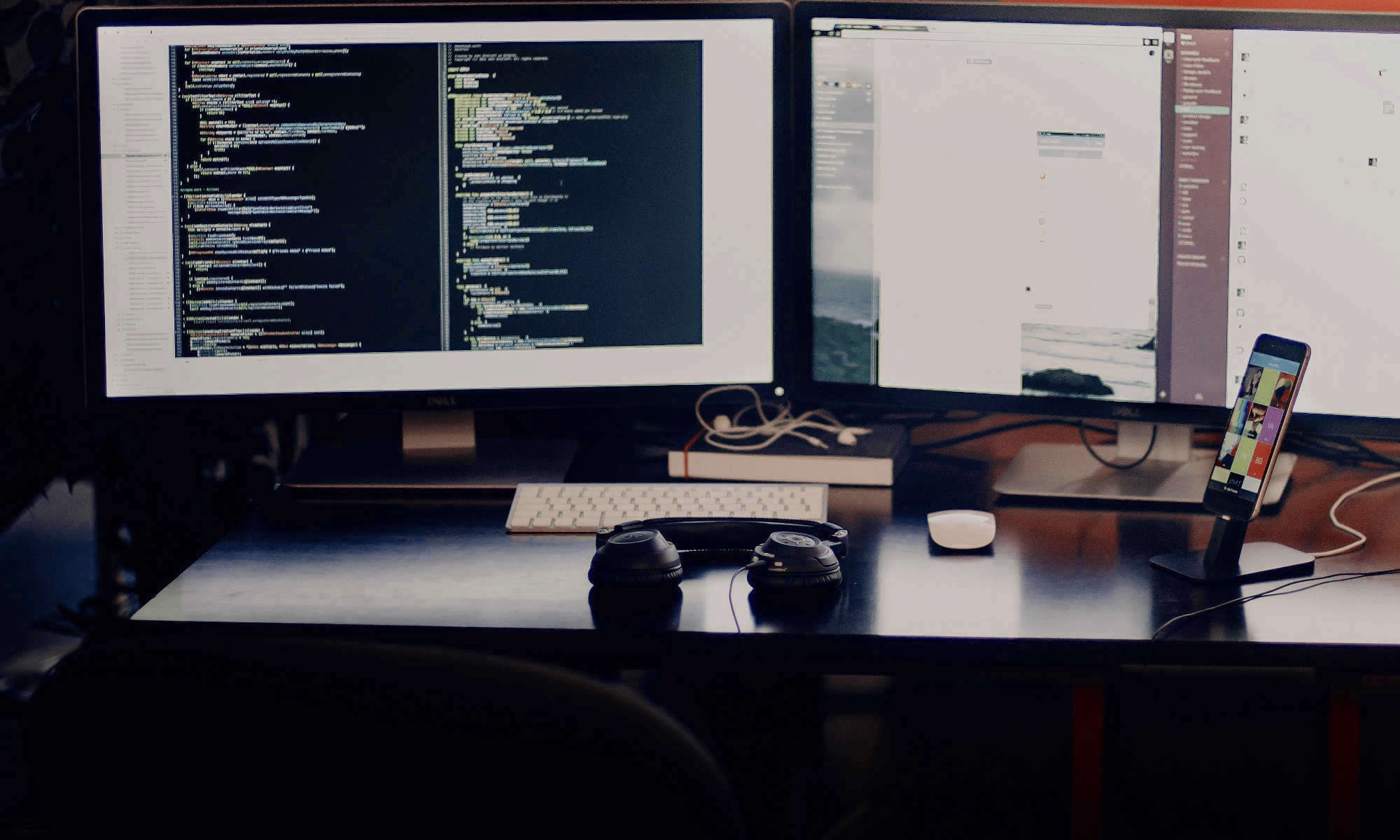 I twice attended Heald Engineering College in San Francisco, California — the first time to study analog AC/DC electrical and solid state electronics, and a second time to study digital microprocessors and data processing. As I was in and out of school, I pursued ‘niche’ opportunities where I could leverage my existing skills and contacts and combine them with this training to seek out new opportunities in the electronics field.
I twice attended Heald Engineering College in San Francisco, California — the first time to study analog AC/DC electrical and solid state electronics, and a second time to study digital microprocessors and data processing. As I was in and out of school, I pursued ‘niche’ opportunities where I could leverage my existing skills and contacts and combine them with this training to seek out new opportunities in the electronics field.
I found plenty of work in sailboats: ship/shore electrical power distribution, storage and charging systems, including battery banks, generators, APUs and related components (engines, regulators, circuit protection, ventilation and fire suppression systems, etc..) These projects often branched out into related work involving intrusion detection, alarm and security systems, A/V multimedia systems, Marine / Ham / CB / VHF /AM-FM-TV antennae, receivers and transceivers, radar, depth sounders, hull speed indicators, wind speed indicators, compasses, auto-pilots and other navigation equipment and instrumentation — all, obviously, marine applications and primarily in sailboats. One notable experience from this period was participating in a three year, from-the-keel up, restoration and retrofitting of a 48-foot ‘blue water’ (ocean capable) sailboat — a 1970’s era Cooper (Canadian built) Maple Leaf. The work was both technically and physically challenging, but we did get to do a great deal of sailing after a successful series of shakedown cruises. We didn’t have the Internet or YouTube in those days, but I found a beautiful walk-through video from 2014 by Boatshed.com of virtually the identical boat. This video really brought back a lot of memories!
Another specialty was classic British automobile electrical systems — from spot troubleshooting and repairs to entire electrical, charging and instrumentation system rebuilds and replacements — any vehicle with so-called ‘Prince of Darkness’ (Lucas Electric) electrical systems and components, i.e. Austin Healey, Bentley, Jaguar, Jensen Healey, MG, Rolls Royce, Rover and Triumph. I became a Certified Bosch (OEM Jaguar at the time) computerized Fuel Injection Systems technician in the process.
When personal computers emerged as a ‘thing’ (in millennial vernacular,) the epicenter of the industry was literally within driving distance, 🙂 so I turned down an offer to relocate to Tahiti to work on more and larger sailboats and shifted my focus to Silicon Valley, where I worked in the computer industry for over a dozen years — with that time split roughly equally between hardware and software manufacturing.
I assembled my first computer using off-the-shelf boards and components in 1987. It was a 16-bit, 8 MHz Intel 80286 CPU based system, making it an ‘IBM PC/AT’ class machine supporting “protected mode” multitasking at the hardware level. I still remember the specifications. 🙂
- A whopping 2 MB of RAM (individually installed 64K SDRAM chips) was made possible by a “full-slot” EISA 1 MB capacity memory expansion card from Boca Research.
- 1.2 MB ‘High Density’ (360K backwards compatible) 5.25″ half-height Floppy Disk Drive
- 30 MB Seagate ST-238R 5.25″ full-height RLL Hard Disk Drive.
I have always experimented with alternative operating systems and I guess this explains why I’ve always maintained ‘multi-boot’ systems. The operating systems I recall running on this machine included:
- SCO Xenix SVR2 — a version of the (multiuser + multitasking capable) Unix operating system licensed by Microsoft from AT&T Corporation in the late 1970’s
- MS-DOS 3.0, augmented to support multitasking with DESQview, then DR DOS 3.31, and eventually Microsoft Windows 1.04 up through 2.11 then 3.0 and beyond.
I have continued to keep one foot firmly planted in each of these two operating system paradigms, e.g. my latest systems all run contemporary GNU/Linux distributions side by side with Microsoft Windows 10 (where necessary.)

